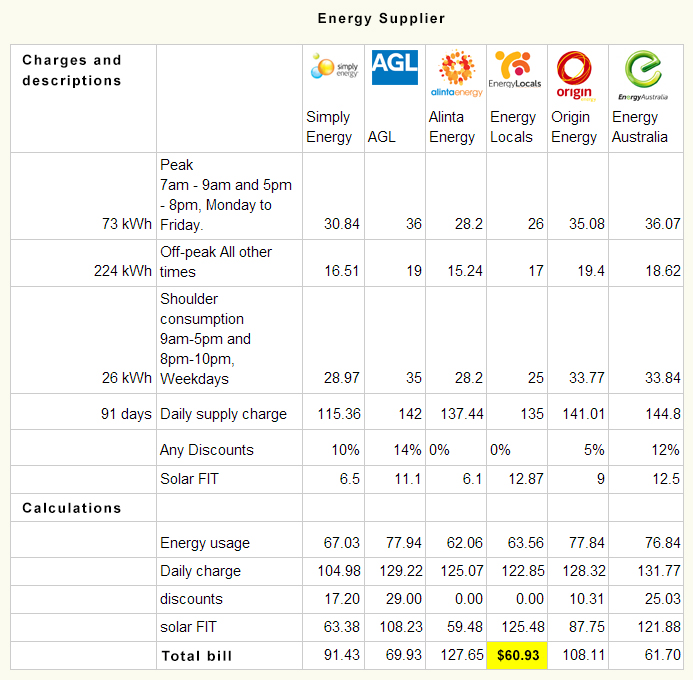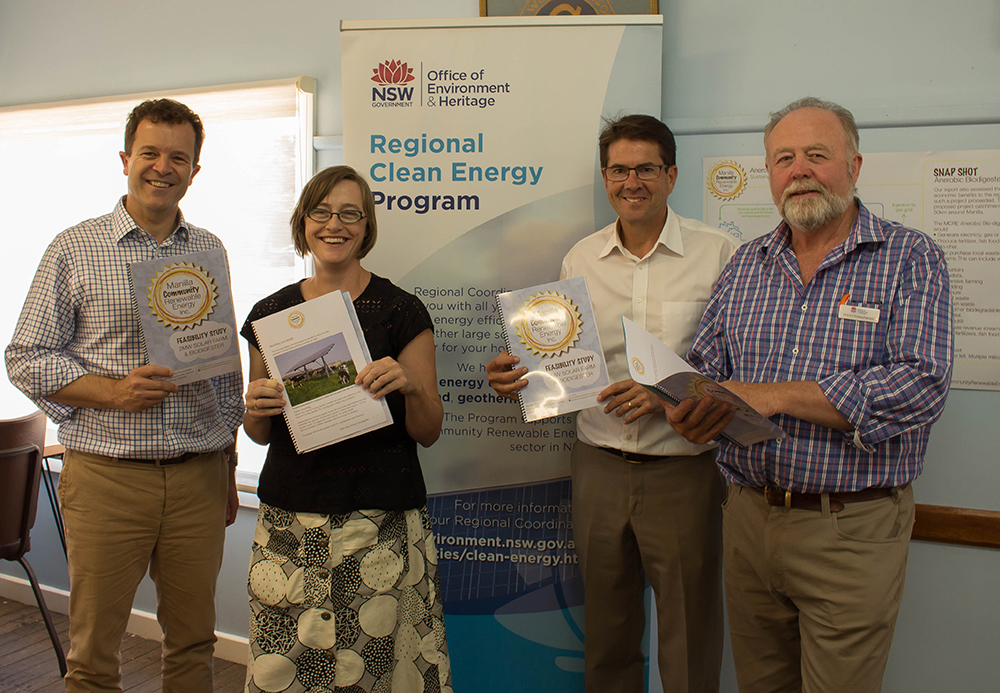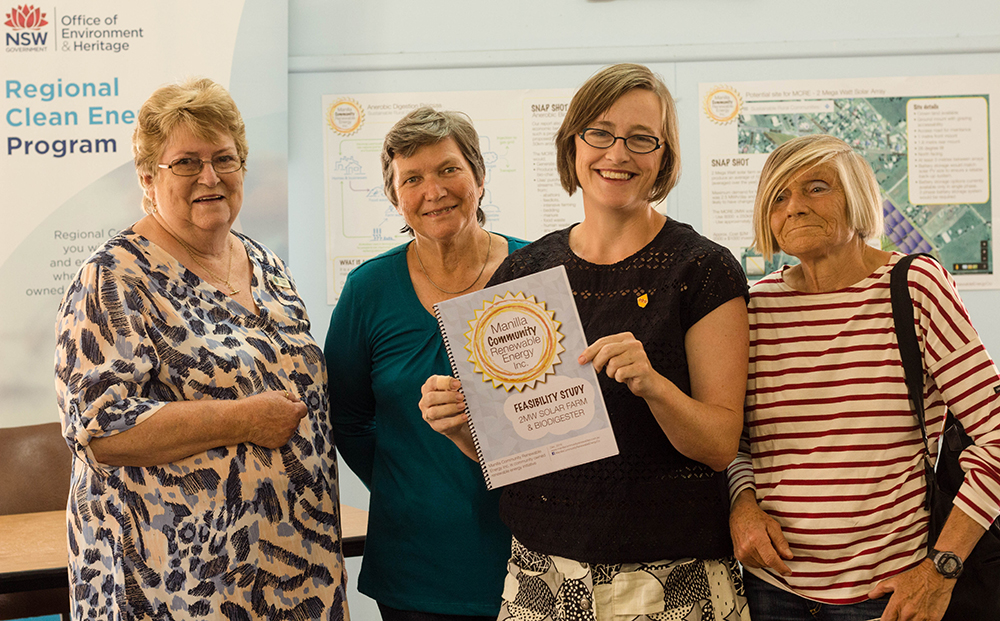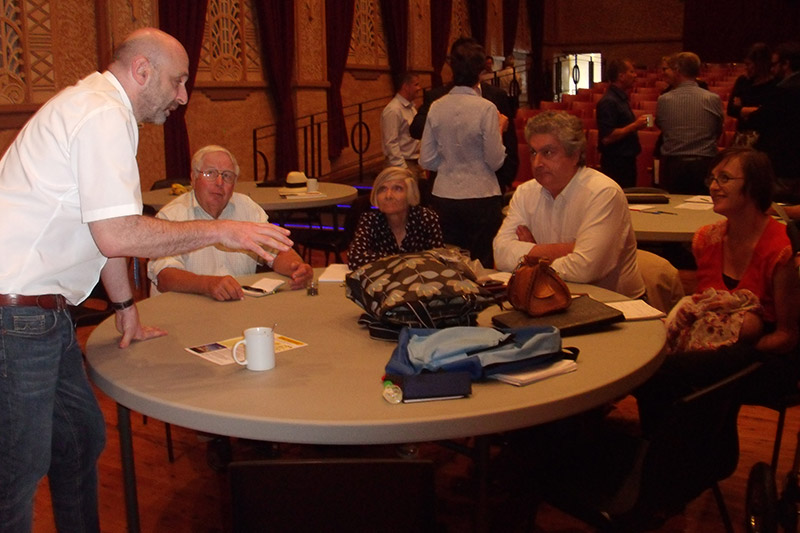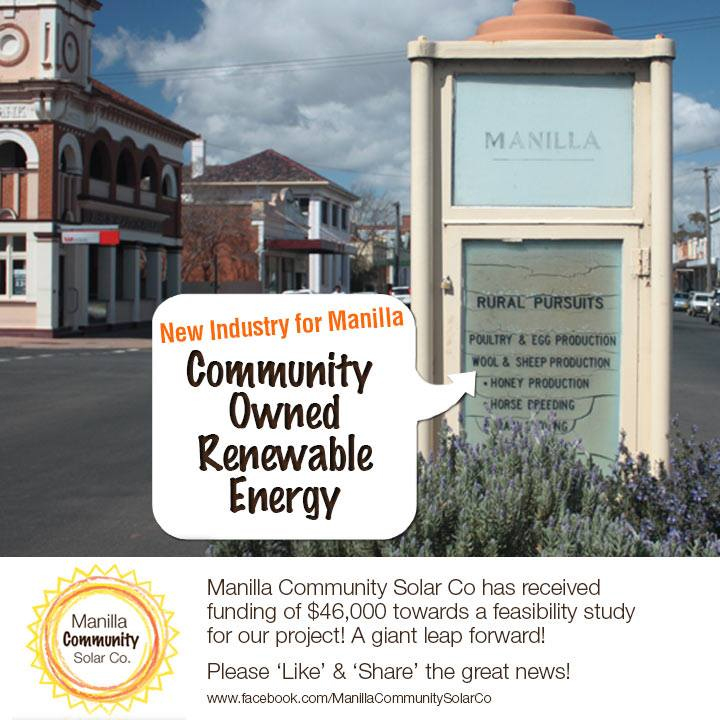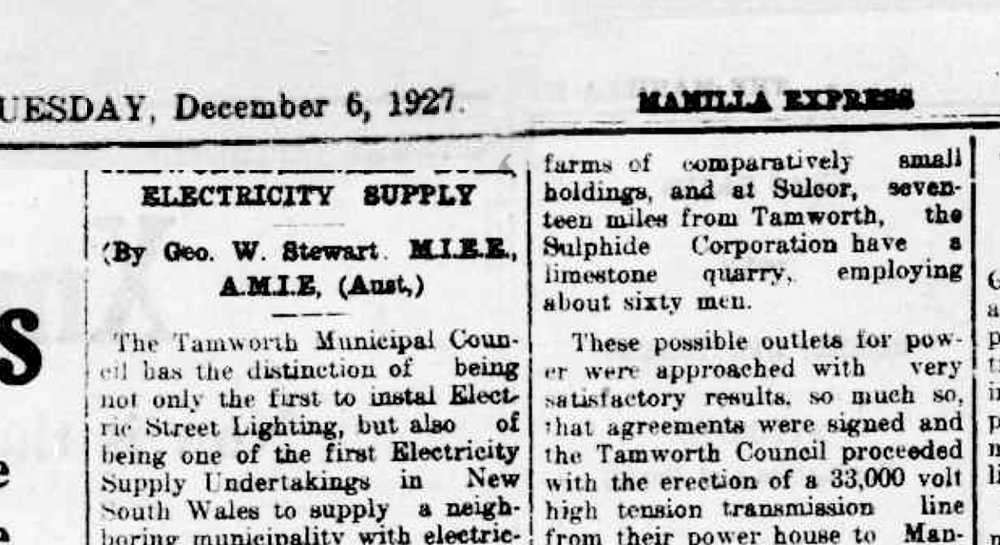
An article from December6, 1927 from the Manilla Express (Available on Trove)
Full Article Text
TAMWORTH – MANILLA ELECTRICITY SUPPLY
By Geo. W. Stewart. M.I.E.E., A.M.I.E., (Aust,)
The Tamworth Municipal Council has the distinction of being not only the first to install Electric Street Lighting, but also of being one of the first Electricity Supply Undertakings in New
South Wales to supply a neigh boring municipality with electric ity in bulk. In 1920 the electricity supply in Tamworth was a comparative ly small concern, generating direct current at a voltage of 240-volts with a direct driven steam plant of 250 kW. capacity. The area which this plant was capable of supplying was very limited and, as the town forged ahead, it became evident to the aldermen that if they were to be in the position to meet the continually in creasing demand for electricity, they must take the matter seriously and lay themselves out to in stall a much larger plant. On the advice therefore, of their consulting engineers, Messrs A. C. P. Webb and Bur gess, of Sydney, it was decided to change the system from direct current to three-phase four-wire alternating current, and a new power house was located along
side the railway, and close to the main delivery pipe to the reser voir of the town water supply, so that as the water is pumped to the reservoir it can be diverted as required through the condenser, result ing in great economy in running costs. For the half year ending 30th June, 1927, the coal consumption was a fraction over 6lb per unit sold. The plant installed consisted of one new Thompson boiler and one Babcock and Wilcox boiler removed from the old station. Both boilers are fitted with chain grate stokers and super heaters, and are each capable of delivering 7,500 lbs of steam at 160lbs pressure with 150 degrees superheat; a surface condenser and two Bellis and Morcom vertical compound condensing en gines direct coupled to American General Electric alternators, each of 250 kilowatts capacity. These sets generate 3-phase alternating current at 3,300 volts and feed stepdown pole type sub stations at several convenient centres from which the electric ity is distributed on the 4 wire system at 415-240 volts. That the change is justified is in dicated by the great in crease in output, one sub-station alone (Lower Street) having now a greater output than the whole capacity of the old station. When the new plant was in stalled in 1922 there were approximately 1000 consumers connected to the mains; but in 1924 a further addition to the pant was necessary. The boiler plant was then increased by the installation of an additional Bab cock and Wilcox boiler of 7,900 lbs. steam capacity and 400 KW., Browett Lindley Cromption, compound vertical condensing generating set. The following figures covering the years 1922 to 1927 will give some idea of the rapid growth of this undertaking under the management of Mr V. C. Kable, the Town Clerk, and Mr. G. A. Dann, the Electrical Engineer: Year – Miles of Streets . No. of served consumers 1922 35 1,021 1923 40 1,425 1924 42 1,573 1925 57 1,774 1926 61 2,003 1927 (½ year) 62 2,283 Year Unsod units Revenue 1922 420,165 £11,332 1923 728,189 £13,724 1924 1,037,270 £17,038 1925 1,419,260 £20,510 1926 1,929,356 £24,435 1927 (½ yr). 1,269,143 £14,079 The power house is under the management of Mr Kable, senr., so that Mr. G. A. Dann, the electrical engineer.is not burdened with this department. He is therefore free to devote the whole of his time to attending to the reticulation system and the consumers. The neighboring town of Man-ila (28½ miles distant) gave a franchise to a private company some ten years ago, whose period of operation was due to expire this year. This Council was therefore faced with either hav ing to install a new and up-to-date plant themselves, or to obtain a supply of power in bulk from outside source. The town of Manilla consists of about 350 residences and shops and is a flourishing town. In the centre of a very progressive and wealthy district and there is every evidence of it growing to much larger dimensions, in the future. In between the towns are sever al small settlements and many

farms of comparatively small holdings, and at Sulcor, seven teen miles from Tamworth, the Sulphide Corporation have a limestone quarry, employing about sixty men. These possible outlets for pow er were approached with very satisfactory results, so much so, that agreements were signed and the Tamworth Council proceeded with the erection of a 33,000 volt high tension transmission line from their power house to Manilla. The expenditure involved in the scheme, however, has not end ed with the erection of a trans-mission line, as the increased demand of Tamworth together with the anticipated requirements of
the Manilla line indicate that the coming winter will provide a peak load approaching very close ly to the present capacity of the power house. In order to meet this increase the expenditure of an additional £25,000 has been authorised for new plant and consequent addi tions to the power house. The new plant will consist of two Babcock and Wilcox water tube boilers, each having a cap acity of 8,500lbs. of steam, fitted with chain grate stokers and sup erheaters, a 400 kW. Browett Lindley engine driving a B.T.H.
generator, and a new condenser of sufficient capacity to condense steam for both the 400 kW. sets, cooling water being obtained from a spray pond now being erected. The condenser and spray pond are being equipped by Messrs Alfred Snashall Lim ited. This plant is now in course of erection, and it is anticipated that it will be ready to be put in to operation about the middle of next year. One feature of interest in this new plant consists of a reinforced concrete stack, 129 feet high, 10 feet 2 inches diameter at the bot tom and 6ft 8inches at the top. The stack will be self supporting. It is being erected by the Weber Chimney Company at a cost of £1,200. The formulation of the whole system was in the hands of Messrs A. C. F. Webb and Bur gess, the Council’s consulting en gineers; who drew up the speci fications, called tenders and let contracts for the transmission line and switchgear, involving the expenditure of £15,000. The transmission line, with its switchgear has been designed for a maximum output of 500 kW distributed immediately, as fol lows:— Moore Creek (9m Tain.) . 25kW. Attunga (12m Tam.) . . . . 25k W. Sulcor (17m Tam.) . . . . lOOkW. Manilla (28m Tam.) . . . .lOOkW. The transmission line has been erected on 40 feet ironbark poles obtained from the North Coast district, and spaced approximate ly four chains apart. The copper consists of No 6 solid drawn wire, spaced triang ularly about 57 inches apart with three complete transposi tions of phases. Ohio Brass Company’s insulators, rated at 45,000 volts and having a dry
flash over voltage of 140,000 volts and a wet flash over voltage of 90,000 volts, have been used throughout ; one insulator being attached to a fitting on the pole top and the pole and the other two being accommodated on 3 inch angle cross arms, heavily galvanised. The pole iron-work is of simple yet neat design, as shown in Fig. 1. The strain in sulators are disc type three units in line, the complete line having a dry flash over voltage of 200, 000 volts, and a wet flash over voltage of 130,000 volts. The poles and transmission line were erected by Mr J. White, of Tam worth. Stations — Three main sub stations have been supplied and erected by Messrs Electrical Manufactures Limited, of Syd ney, who have equipped the var ious structures with their stand ard appar[a]tus both on the H.T., 33,000 volts side and on the 3,300 volt and 415/240 volt L.T., sides. The tower structure at Tam worth is of steel and is fitted on the primary side with two 3,300 volt iron clad oil switches, isolat ing switch and “Essantee” chemical fuse and choke coil-ar rester, combinations. Two 33,000 volt three phase “Essantee” pole-top section switches have been installed at desirable places; so that it is pos sible to maintain a supply on portion of the line when atten tion is needed at other parts. The step-down stations at Sul cor and Manilla have been con structed on wood-poles. These are equipped with “Essantee” isolat ing switches, air-break switches and chemical fuses similar to those at Tamworth. Each substation is protected by lightning arresters. At Sulcor, one 100 kVA., 33,000 to 415/240 Ferranti transformer, and at Manilla two sets of similar equipment have been installed. In a small house, under each sub-station structure the L.T.
switchgear and metering equip ment have been placed. The line and substation equip ment when completed, were tested up to 40,000 volts and the supply switched on to Manilla on the 4th October, 1927. The anticipated revenue from the sale of current sold to con sumers by the Tamworth Council at Moore Creek, Attunga, and Sulcor amounts to £1,500 per an num, and from Manilla, for bulk supply, £2,000 per annum.
The rates to be charged are as follows: — Bulk Supply — Line charge £850 per annum, Maximum De mand £6 per kV.A., per annum plus a charge for electricity con sumed varying from 1.1d to 1½d per unit. Retail Charges — Lighting 11d., Domestic power 3½d., industrial power from 3d to 2.1d per unit. Both the consulting engineers and the contractors are to be con gratulated on the design and ex ecution of this work which has been engineered so successfully. The Tamworth Council also de serve congratulation on their boldness in embarking on a scheme of this magnitude and in putting a good example to other municipalities who are similarly placed.


